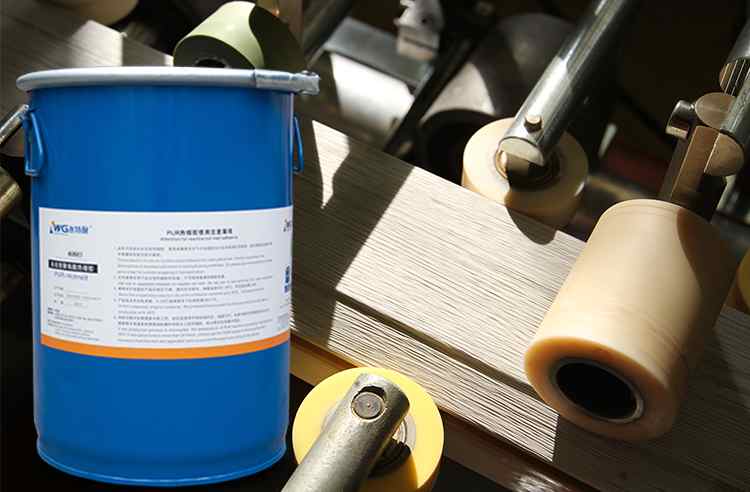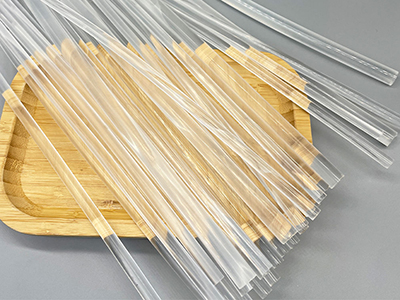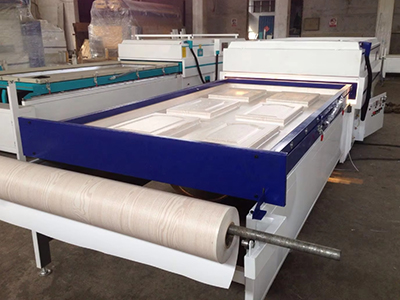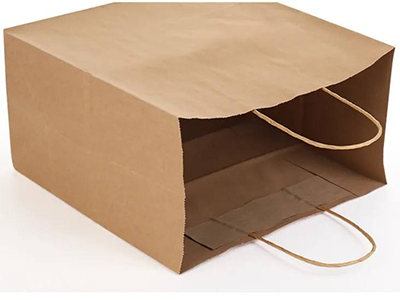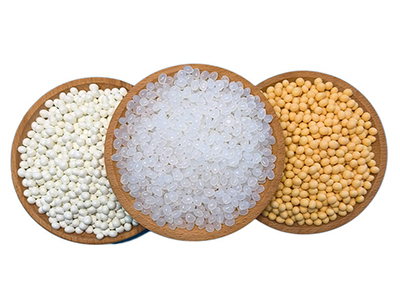PUR Hot Melt Adhesive Curing Principle
PUR hot melt adhesive is divided into two levels: physical curing and chemical curing.
First, make an introduction to PUR hot melt adhesive:
PUR hot melt adhesive (Polyurethane Reactive) is called moisture curing reactive polyurethane hot melt adhesive. Commonly known as: PUR structural adhesive, PUR glue, reactive hot melt adhesive, etc.
The main component is isocyanate-terminated polyurethane prepolymer. The adhesion and toughness (elasticity) of PUR can be adjusted, and it has excellent bonding strength, temperature resistance, chemical resistance and aging resistance.
PUR hot melt adhesive has become one of the important varieties in the adhesive industry.
Physical curing of PUR hot melt adhesive:
PUR hot melt adhesive is solidified at room temperature, and it is heated to about 120 degrees during use. At this time, PUR glue will change from solidification to liquid dispensing or spraying.
PUR hot melt adhesive is a liquid at about 120 degrees. When dispensing or spraying glue to the surface of an object, it returns to room temperature with the temperature. This process of PUR glue crystallization is called physical curing of PUR hot melt adhesive. The adhesive pull force generated after PUR physical curing can fix and position the bonded object.
Chemical factors of PUR hot melt adhesive:
The main component of PUR hot melt adhesive is isocyanate-terminated polyurethane prepolymer. The English abbreviation of isocyanate NCO.NCO reacts with moisture in the air to form allophanate to produce bonding strength. The specific molecular reaction is as follows
OCN–OCN+2HOHOOC HN R NH-COOH (1)
Among them, the urethane link (-NHCOO-) and the urea link (-NHCONH-) are very polar and constitute the rigid link of the polyurethane molecular structure in the PUR hot melt adhesive.
Summarizing the curing principle process of PUR hot melt adhesive can be abbreviated as:
Solid-heat up to 120 degrees to melt-dispense back to room temperature for physical curing-room temperature reacts with moisture in the air to chemically cure.


